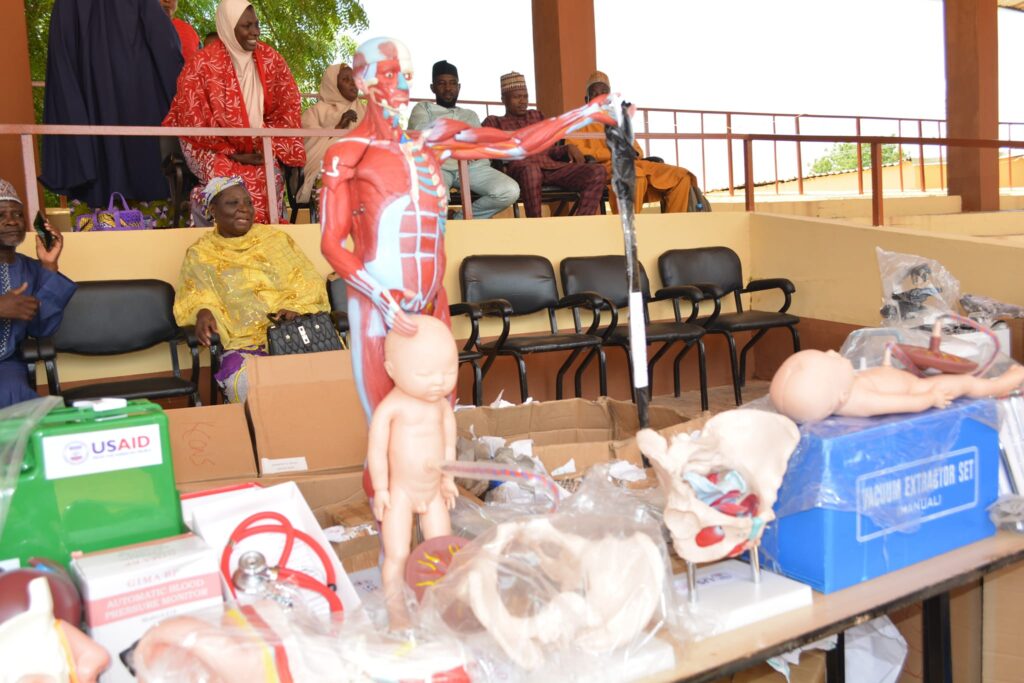USAID Health Workforce Management

Nigeria faces a significant shortage of nurses and midwives, which has serious consequences on maternal and child health outcomes. The National Association of Nigerian Nurses and Midwives estimates that Nigeria needs at least 800,000 additional nurses and midwives to meet its current healthcare requirements[1]. In March 2020, there were 180,709 registered nurses and 126,863 midwives. For a country nearly four times the size of the United Kingdom with a population of almost 225 million people, that’s only 88 nurses per 100,000 people and one midwife for every 364 women of reproductive age.
Nana Girls and Women Empowerment Initiative is an indigenous partner working under the USAID-funded HWM Project.
HWM Activity works in Bauchi, Sokoto, Kebbi, and Ebonyi States as well as the Federal Capital Territory. The HWM’s purpose is to establish a cost‐effective, well-trained, and motivated health workforce, particularly in targeted rural and remote areas to contribute to greater health system responsiveness and improved health outcomes, especially among women and children. The HWM objectives are to: 1) Strengthen the pre-service training learning environment and in-service training program; 2) Support the building of a robust human resources information system to keep track of recruitment, deployment, retention, and continuing education; 3) Strengthen governance and management of the health workforce; and, 4) Support the conduct of human resources for health (HRH) research to improve HRH practices and retention mechanisms. The activity responds to Nigeria’s National Strategy Health Development Plan 2018—2022 (NSHDP II) and aligns with the USAID/Nigeria Country Development Cooperation Strategy 2020—2025
